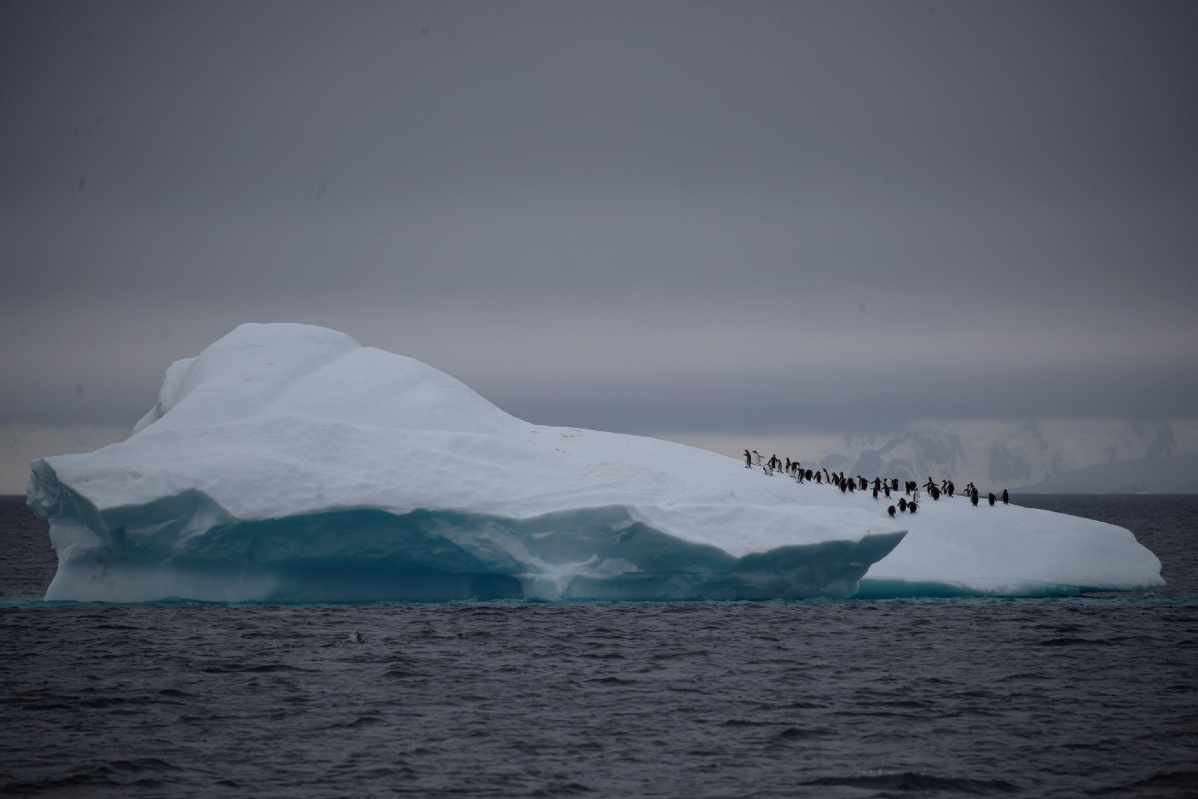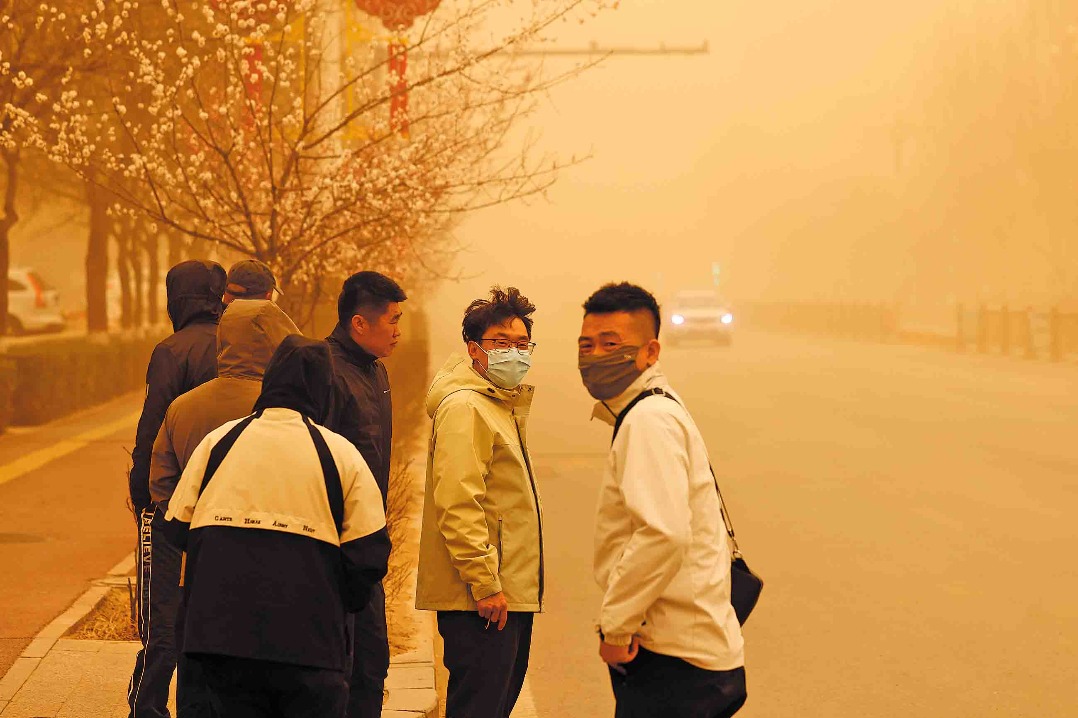Disasters remind us that we need to flatten the curve on emissions


Take-home message
A study published in June in the Nature Climate Change journal showed the South Pole warmed at a rate of 0.61 C per decade over the past three decades, "an incredible three times faster than the global average rate".
"The real take-home message from the study is that no place is immune to climate change," wrote scientists Sharon Stammerjohn and Ted Scambos of the University of Colorado in an accompanying article in the journal.
"Unless we take measures to flatten the curve on global carbon emissions, Antarctica's contribution to a warmer world and sea-level rise could potentially be catastrophic, given the strong feedbacks and tipping points inherent in polar systems."
At the same time, the pandemic has also made things worse. It has aggravated the impact of climate-related disasters in poor regions, affecting tens of millions of vulnerable people already hit hard by COVID-19.
"The pandemic has not only complicated evacuations and disaster response, but also aggravates the economic impact of disasters, especially for the poorest people," Maarten van Aalst, director of the International Federation of Red Cross and Red Crescent Societies, was quoted by news agency Reuters as saying.
On the bright side though, the pandemic has heightened environmental awareness.
A survey released in July by Boston Consulting Group found that people were more concerned now than before COVID-19 about addressing environmental challenges and more committed to changing their own behavior to advance sustainability.
More than two-thirds of respondents think economic recovery plans should make environmental issues a priority.
"Coronavirus is a reminder of our dysfunctional relationship with nature. People are now more respectful to the way that nature works," Zhou said.























